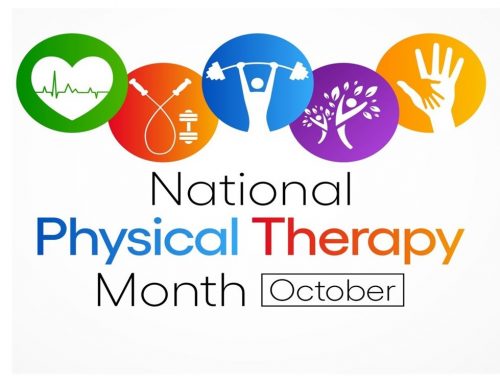Tax season is upon us, and whether or not you’re an accountant or tax professional, chances are good that you’ll be spending some extra time working at the computer or desk over the next few weeks.
If you ask any of your friends or family who have a desk job, they’ll likely tell you that either they or a coworker have experienced bouts of neck and/or shoulder pain in the past. Fortunately, there are some simple steps you can take to reduce the strain felt at your neck.
- Fix your desk– I’ve done dozens of ergonomic evaluations of patient’s desks, and I’ve never had a problem finding a few things to improve. In general, you shouldn’t have to tell yourself to ‘sit up straight’ throughout the day. Instead, your chair, desk, and monitor should automatically position you in optimal posture.
- Take a break– The Annuals of Internal Medicine recently released a study which associated extended periods of sitting every day with increased health problems. To offset some of the ill-effects of sitting, get up and move around as often as you’re able, ideally every 20-45 minutes.
- Take a stand– I’ve had a few patients that work at desks all day add a standing desk station to their office. Platforms that can be placed on an existing desk can cost as little as $100. Ideally, you could alternate between standing and sitting throughout the day, switching every hour or two.
- Improve your strength and mobility– Muscles in the body tend to go one of two directions when they are irritated: they get tight and strong or they get underactive and weak. Your body likes there to be good muscle balance across joints. If the rhomboids between your shoulder blades are underactive, the upper trapezius on top of the neck often gets very tight and guarded. Its important to both stretch the upper traps as well as strengthen the rhomboids. Addressing only one of those issues is not as likely to ease the dysfunction.
I’m often asked how soon someone should seek medical care after an ache or pain is first noticed. Generally speaking, most minor aches and pains work themselves out in 7-10 days. If mild to moderate symptoms persistent beyond 2-3 weeks, schedule a free consultation with your physical therapist.
More severe symptoms should be addressed earlier. If you’re suddenly unable to turn your head, are experiencing pain which radiates down your arms, or if the pain is accompanied by other symptoms, it may be best to speak to your doctor sooner than later.







